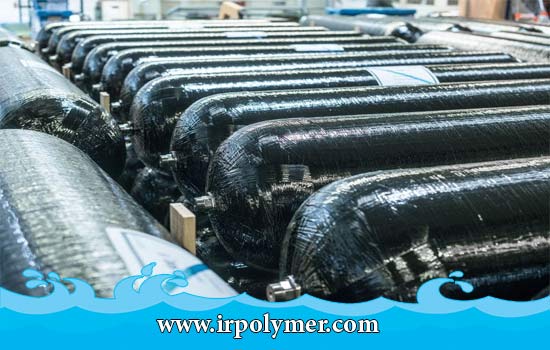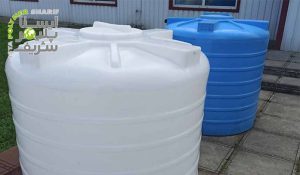The production of composite tanks is a specialized and professional job. The construction of composite tanks, especially for storing chemicals and fuel, is highly sensitive.
Composite tanks, also known as GRP tanks or FRP tanks, are among the most modern tanks widely used in the oil and petrochemical industries. Composite tanks can be designed and manufactured based on customer needs. GRP tanks or composite tanks are produced by combining resin, additives, and glass fibers through various processes. Typically, composite tanks are made using hand lay-up, filament winding, or SMC processes. In some cases, storage tanks are produced using a combination of the mentioned methods.
In general, composite tanks can be designed and manufactured based on customer needs. A composite tank or GRP tank can be made to store all acidic and alkaline fluids. The customer is required to provide information such as design drawings, type of fluid, operating temperature, and tank location to the seller. The maximum operating temperature of GRP or composite tanks is up to 140 degrees Celsius. Since composite parts have a high HDT, operating temperatures above this can cause irreversible damage to the tank.






